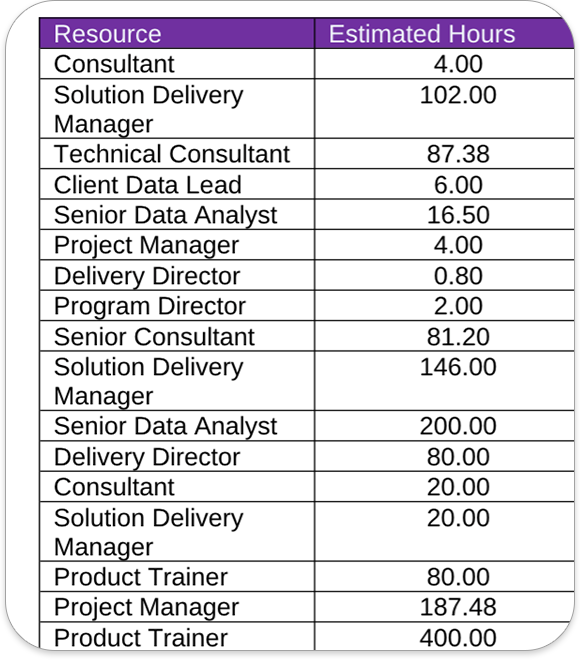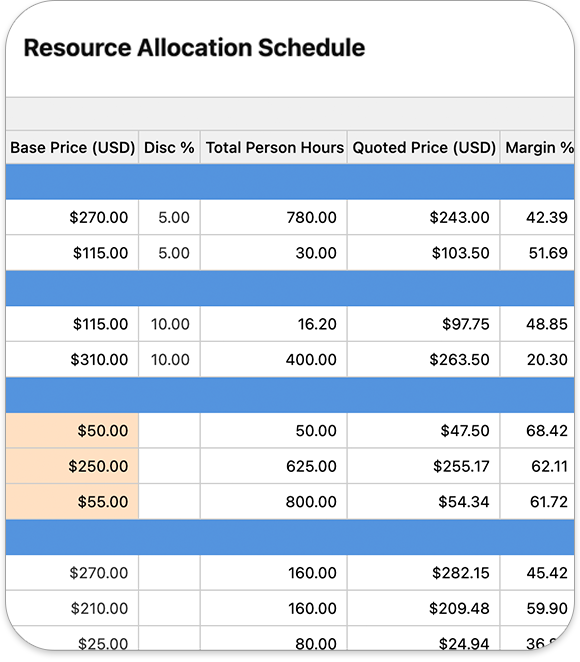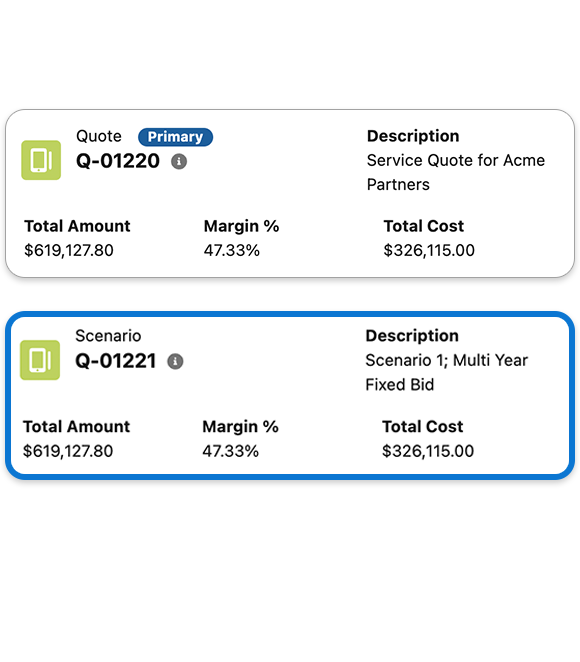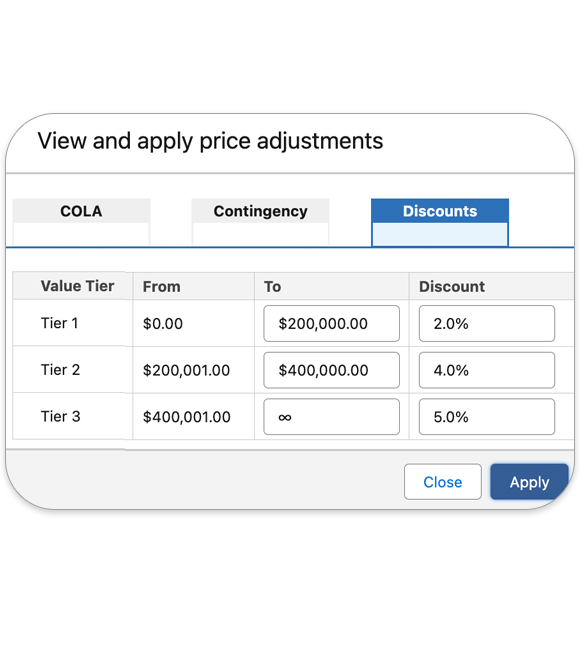What is Resource Forecasting?
Resource forecasting is a strategic process professional services organizations use to predict and plan for future resource needs. It involves analyzing current resource usage and trends to estimate future requirements accurately. This proactive approach helps businesses optimize resource allocation, maintain efficiency, and prepare for potential challenges.

Key Concepts
- Resource Utilization: The current usage of human capital, finances, equipment, and materials within an organization.
- Trend Analysis: Examining historical data to identify patterns and trends in resource consumption or demand over time.
- Demand Projections: Forecasting future resource demand based on business growth, market conditions, project requirements, and other factors.
- Capacity Planning: Determining the capacity or capability required to meet anticipated resource demands effectively.
- Scenario Planning: Creating alternative forecasts based on different assumptions or scenarios to prepare for various outcomes.
- Risk Management: Assessing potential risks that could impact resource availability or demand forecasts, and developing strategies to mitigate them.
- Technological Integration: Using advanced software tools, such as a Services CPQ platform to enhance accuracy and efficiency in resource forecasting processes.
Importance of Resource Forecasting
– Optimization: Ensures resources are allocated efficiently, minimizing waste and maximizing productivity.
– Strategic Planning: Facilitates informed decision-making and long-term planning by providing insights into future resource needs.
– Cost Management: Helps control costs by preventing shortages or surpluses of resources that can lead to unnecessary expenses.
– Adaptability: Enables organizations to adapt quickly to market conditions, customer demands, or internal factors affecting resource requirements.


Methods and Tools
– Quantitative Models: Statistical techniques and mathematical models used to analyze historical data and project future resource needs.
– ERP Systems: Enterprise Resource Planning software that integrates resource forecasting with other business processes for seamless planning and execution.
– Data Analytics: Leveraging big data and predictive analytics to improve the accuracy and reliability of resource forecasts.
Challenges
– Uncertainty: Market volatility, regulatory changes, and unexpected events can make forecasting challenging.
– Complexity: Balancing multiple variables and dependencies that impact resource demand requires a sophisticated approach.
– Dynamic Environment: Continuous monitoring and adjustment of forecasts to adapt to evolving business conditions.

Conclusion
Resource forecasting is a vital strategic practice that effectively empowers organizations to anticipate and prepare for future resource needs. By leveraging data-driven insights and advanced planning techniques, businesses can enhance operational efficiency, mitigate risks, and achieve sustainable growth in a competitive landscape.
